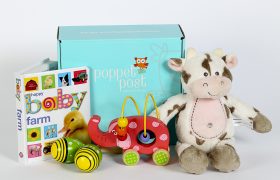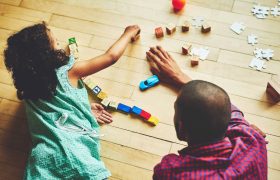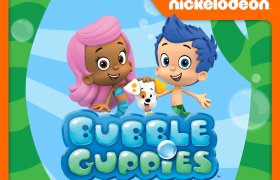5 Sensory Activities for Toddlers
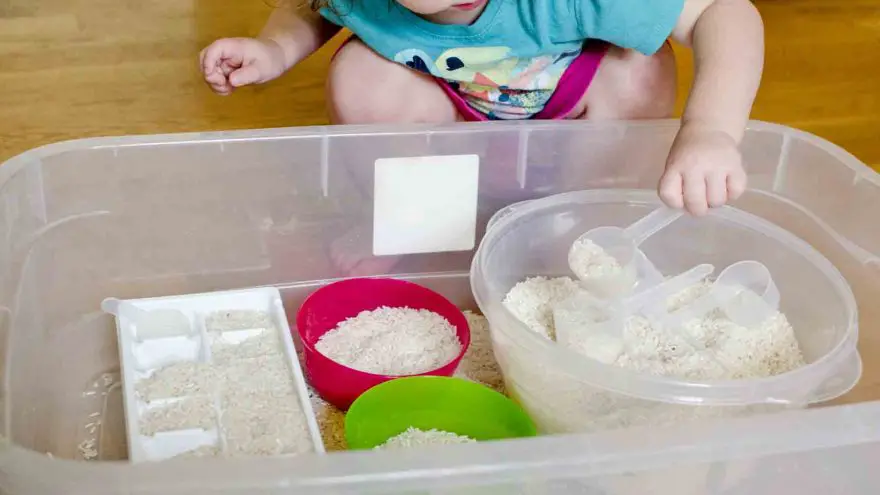
The toddler years are some of the most exciting and most important years in a child’s life! Once your baby becomes a toddler when they turn 1, you will notice that so much starts happening. During this time, a toddler will start to improve their development in all areas- physically, socially, emotionally, and cognitively. Some of the best activities you can engage in are sensory activities for toddlers.
If you’ve heard that term before but aren’t really sure what it is, why it matters, or what types of activities are best, don’t worry. We are here to answer all of your questions!
What is a sensory activity?
Let’s start with the basics – what is a sensory activity? As the name suggests, a sensory activity is anything that involves your child’s senses – which is their sense of touch, sight, smell, taste, and sound. Simple enough! We’ll go into more detail later as to why these activities are so important.
Why do sensory activities with toddlers?
Why do these activities matter so much? They aid in a toddler’s development! A toddler’s senses are what help them engage with and explore the world. By setting up sensory activities, you are encouraging your toddler to interact with and explore various objects, or sounds, or even tastes.
There are so many benefits to sensory activities. In fact, did you know that sensory activities can help your toddler get started with science? Yes! We all learned about the scientific method in school. First, you make an observation. Next, you form a hypothesis. After you form your hypothesis, you start experimenting, and finally, you draw a conclusion. Sensory play will have your child engaged in the scientific method without them even realizing it!
With sensory play, your toddler will have new experiences that engage their senses. Once they have observed for a while, they are sure to start forming hypotheses about what is going on. For example, what happens when you touch that water? Or, how does the sound change when it gets closer to your ear? How do you form the shadow on the wall? Once they have an idea, they start experimenting and will learn one way or another whether their hypothesis was correct!
As for other benefits of sensory play, it can help a child to focus better and to learn about different types of information. Which is important, and what doesn’t really matter in a given situation? It can also help them to be more open-minded in general. If you have a picky eater, some sensory activities with different foods might help them to try (and like!) something that they would have never tried while sitting at the dinner table.
What are sensory materials?
So, what are some common examples of sensory materials? Now that you know that they are based on the 5 main senses, you’ve probably got plenty of ideas. Pretty much anything that will stimulate a certain sense could be a sensory material.
When selecting various materials, try to find a diverse mix that will give your toddler plenty to explore. For example, raw spaghetti makes for a great sensory material because it comes in so many different shapes, sizes, and textures! It is great for developing a child’s sense of touch.
Here are some other common sensory materials to get you started thinking about what options you have for your toddler:
- Rocks
- Sand
- Shaving cream
- Raw spaghetti or rice
- Ice cubes and water
- Packing peanuts
- Finger paints
- Water beads
- Slime
- Coins
- Marbles
- Popcorn
- Lotion
- Flowers
- Chocolate
What do you put in a sensory table for a toddler?
One great way to get your toddler engaged with their senses is to create a sensory table. With a sensory table, the goal is to put a wide variety of objects that will engage a child’s sense of sight, touch, and sound. You can handle your sensory table in a few ways. One simple way is to add a bunch of objects into your table for your child to explore. This is great for younger toddlers that are really just starting to make sense of the world around them. Everything from plastic buttons, to rice, marbles, pipe cleaners, raw spaghetti, you name it!

As your toddler gets a little bit older, consider having unique sensory table experiences that focus on a certain item. For example, you could have a water table that allows your toddler to play with the water, pour it into buckets, and things like that. Another table might be focused on magnets and you could add in items that will stick to magnets as well as items that don’t.
Still another sensory table could be a food table where your toddler taste tests different foods! Similar to selecting sensory items, sensory tables are easily adapted to whatever items you have at home or whatever senses you are looking to engage.
How do you make sensory activities?
Making your own sensory activity is easy! Now that you know what sensory materials are, you can start to develop activities that your toddler is sure to love. It can be as simple as putting some objects in a container for your child to play with. You don’t have to overcomplicate things!
More advanced sensory activities could involve things like light or shadows, but the activities themselves don’t have to be tricky. Grab a flashlight and start playing with it with your toddler. Get them to explore where the light goes, how to make it stronger or weaker by pointing it close or farther away from an object. The key to any sensory activity is to let your child explore whatever items they have. Let them use their imagination to play and explore, and then you can always follow up with questions to help guide their understanding.
Here are 5 sensory activities that we love and that are incredibly easy to make. While there are tons of sensory activities out there, we like these because they each focus on a different sense.
1. Sight: Magic Colored Sensory Bottles
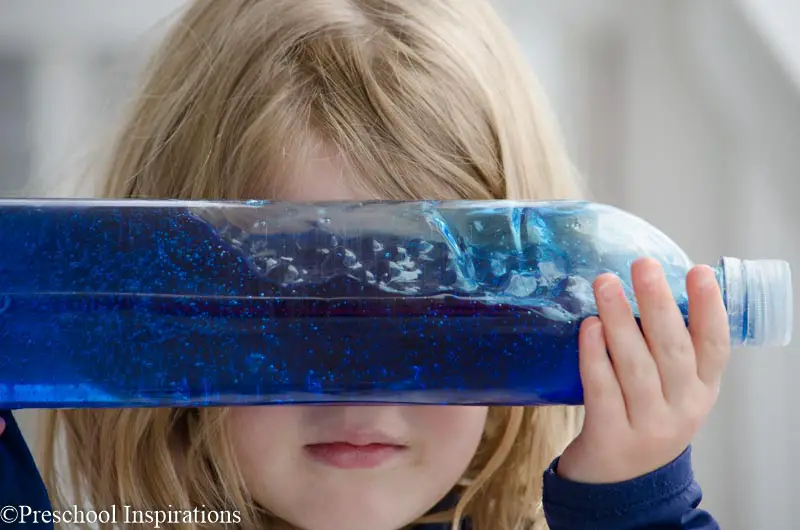 This is an awesome sight-based sensory activity that doubles as a DIY project! Best of all, you only need three ‘ingredients’ and can get these bottles set up in no time at all. Combining hair gel, clear water beads, and some liquid watercolor in a water bottle and you’ve got this really cool sensory bottle!
This is an awesome sight-based sensory activity that doubles as a DIY project! Best of all, you only need three ‘ingredients’ and can get these bottles set up in no time at all. Combining hair gel, clear water beads, and some liquid watercolor in a water bottle and you’ve got this really cool sensory bottle!
We recommend making several of these bottles with different colors. Make sure you use a clear bottle so that you can easily see the colors- including what happens when you hold two bottles next to each other and see what ‘new’ color they make. Because you are using hair gel instead of water the liquid itself is its own sensory experience – looking more liquidy sometimes, or sometimes more bubbly!
Have your toddler play around with all the different bottles and see which colors they like best (and can they name them?) and have them play around with layering the bottles to make different colors or holding them in different places to see how that impacts the color- how does it look outside, or inside, with more light, or less light? There’s so much to explore!
2. Smell: Tea Bag Matching
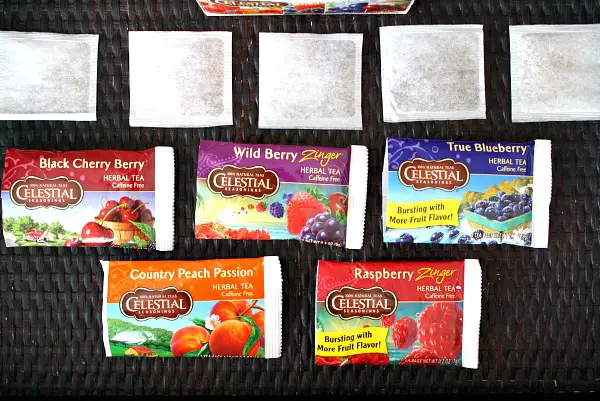
Tea is a great object to use when learning about smell. Not only does tea smell good, there are so many varieties of tea to choose from, which allows you to set up a super fun and delicious sensory activity! All you need for this activity is a bunch of different teas. Mix all the tea bags together and then see if your toddler can sort them based on smell!
Once they have finished matching you can reveal what each flavor of tea is. Based on the flavor and the smell you could also ask some follow-up questions – which tea did you like the best based on the smell? Were there any that you didn’t like? Did any of them remind you of the foods that you like to eat?
3. Sound: Water Xylophones
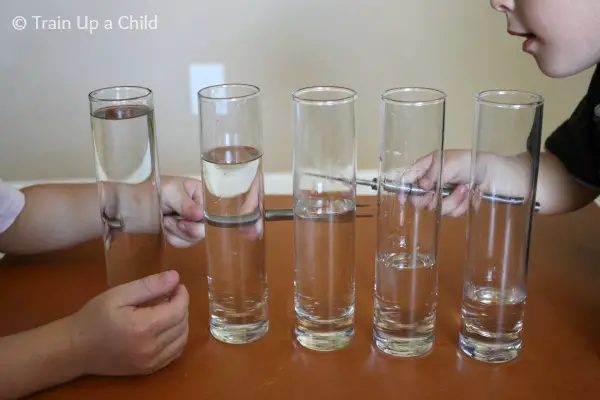 Sound is an incredibly fun sense to play with and explore, especially with this sensory activity! All you need are some glasses and some water. Fill each glass with a different amount of water and then tap the glass with something metal and hear how the amount of water impacts the sound! You can also rim the glass with water and run your finger along the rim and see how the various water levels impact sound.
Sound is an incredibly fun sense to play with and explore, especially with this sensory activity! All you need are some glasses and some water. Fill each glass with a different amount of water and then tap the glass with something metal and hear how the amount of water impacts the sound! You can also rim the glass with water and run your finger along the rim and see how the various water levels impact sound.
This is a great activity that your toddler will love and that will really help them learn and develop. Let them try out different amounts of water and explore the different sounds that they hear. Can they describe the sounds? Can they learn any pattern – what does more water do? Less water?
4. Touch: Wet vs. Dry
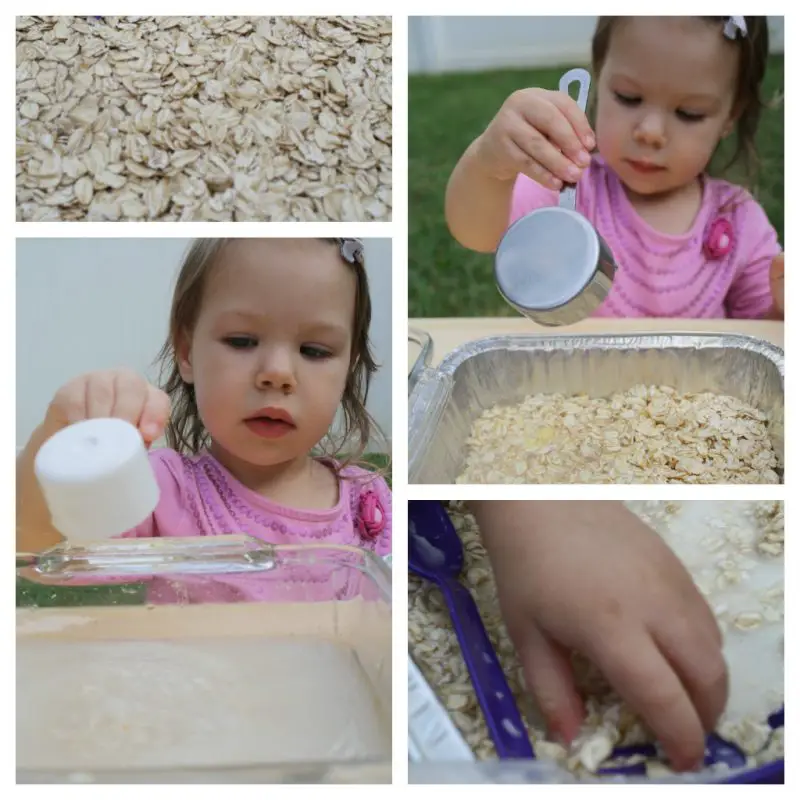
This activity is all about opposites! There is no better way to learn about touch than exploring opposite items. While you could do something like water and something dry like cereal or oatmeal, you can also have your child explore what happens as they start to mix the wet and the dry. Have them explore how adding water to something dry gives the dry item a different texture and consistency. What might seem simple to you will be such a fun learning experience for your toddler!
5. Taste: Chocolate Taste Test
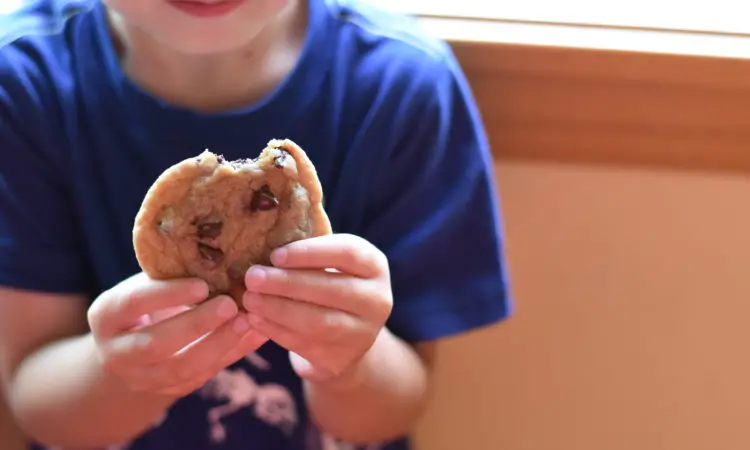
Chocolate is a great food for taste testing. First of all, your toddler is sure to get excited at the idea of sampling candy. But second of all, there are several kinds of chocolate out there that make for a great taste test that will light up your child’s taste buds!
A great way to easily manage this activity without your toddler eating too much chocolate is to go with chocolate chips. They are small which makes them safe to eat but gives your toddler enough of the flavor to get a nice sample. Have them taste white chocolate, milk chocolate, and dark chocolate. Which do they like best, and why? See if they can explain why they like one more than another.
Wrapping Up
Sensory activities are wonderful for your toddler. Toddlers are learning so much every single day about the world around them- and they do it with their senses! Sensory activities stimulate all of your toddler’s senses- their touch, smell, taste, sight, and vision!
Hopefully, these activities have given you some inspiration for different types of sensory activities you can make for your toddler. Whether you create specific stations like a water table or taste-testing station, or simply create a sensory table that involves all different types of senses, you are doing the best for your child to help them grow and develop and understand this great big world!
Sources:
preshcoolinspirations.com
fantasticfunandlearning.com
learnplayimagine.com
fantasticfunandlearning.com 2


